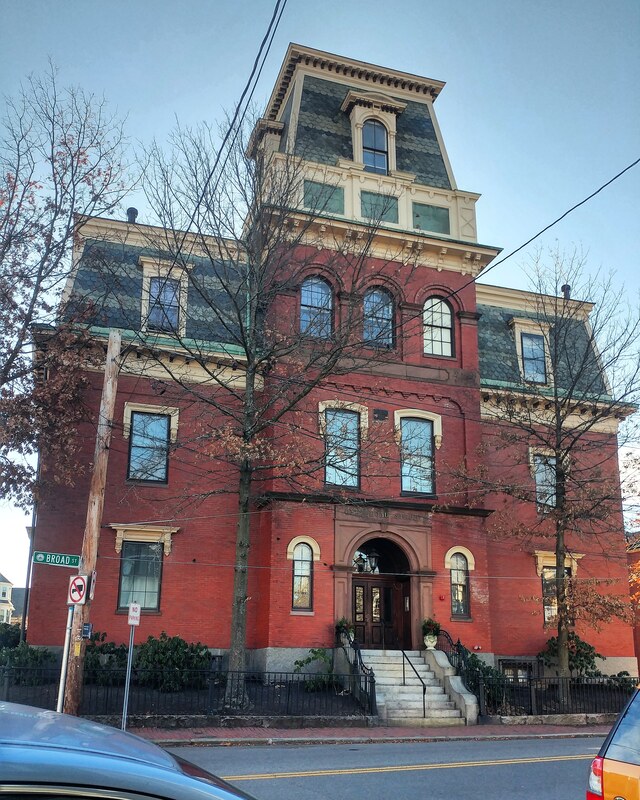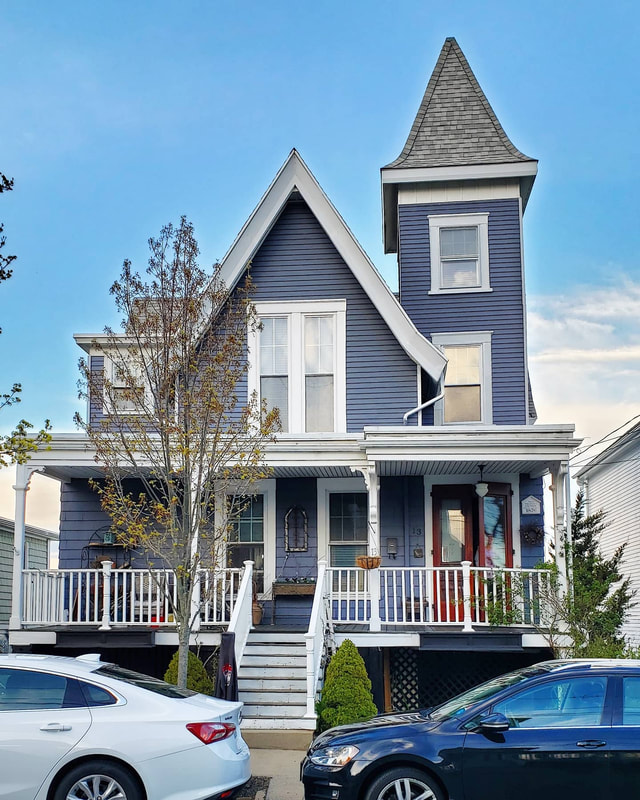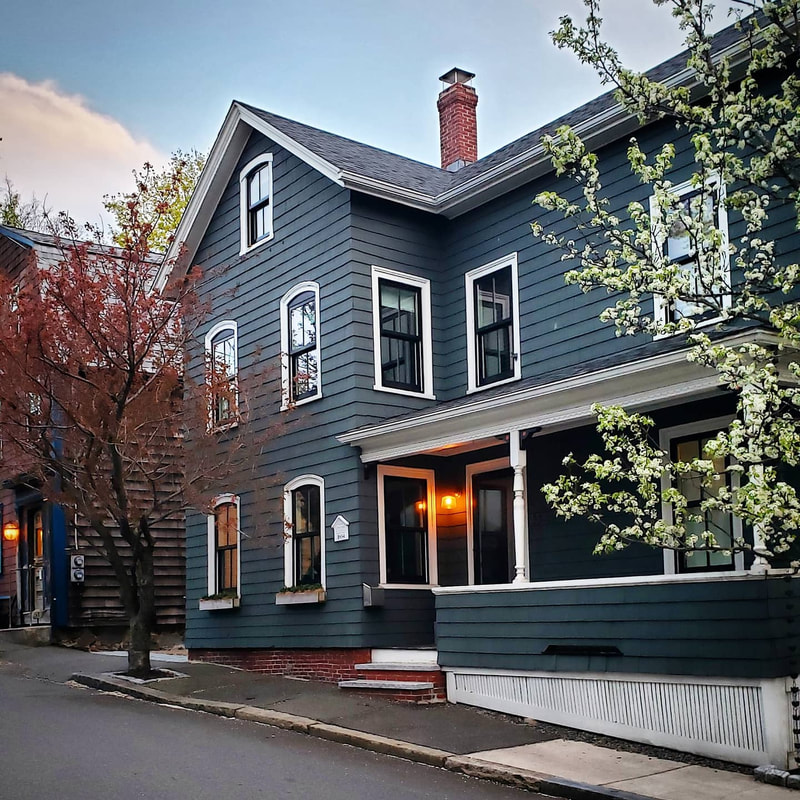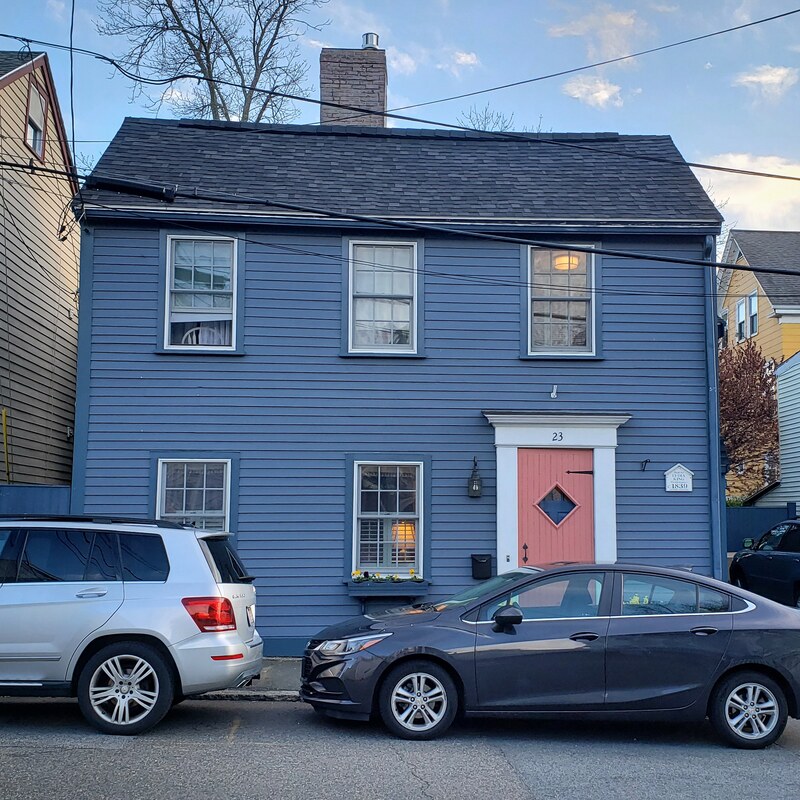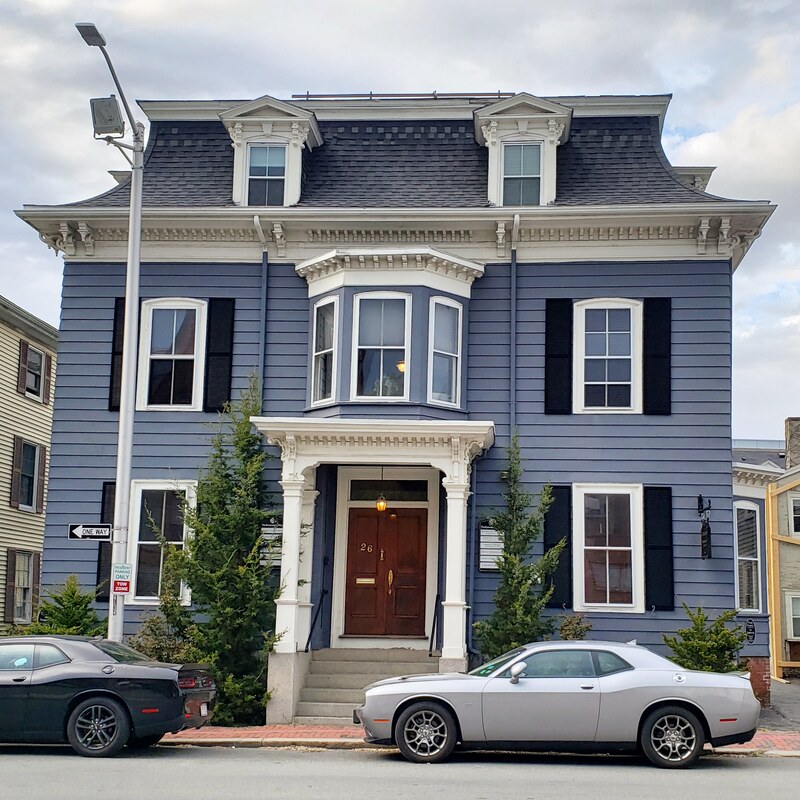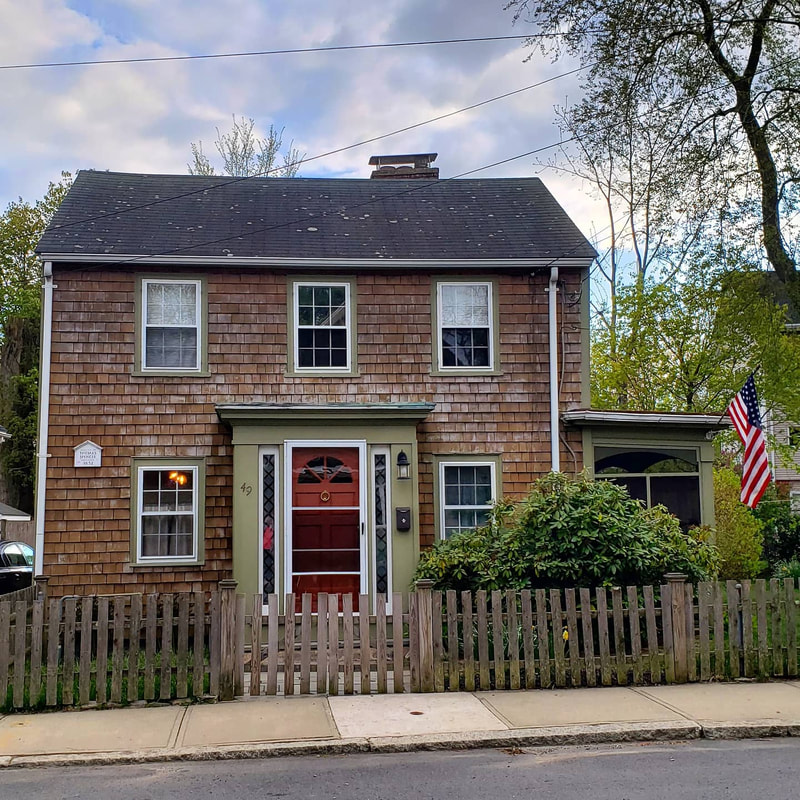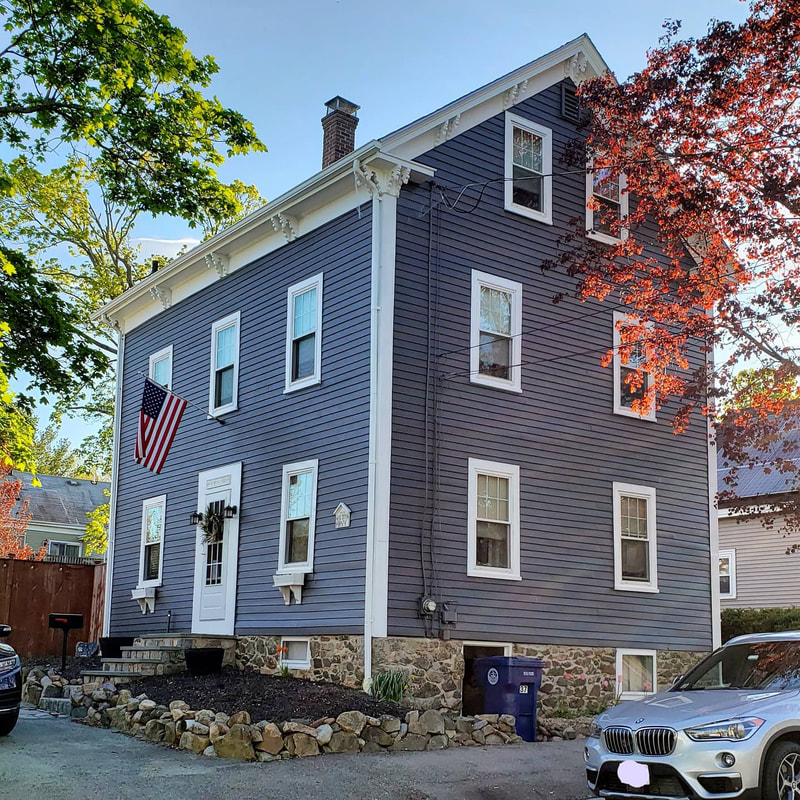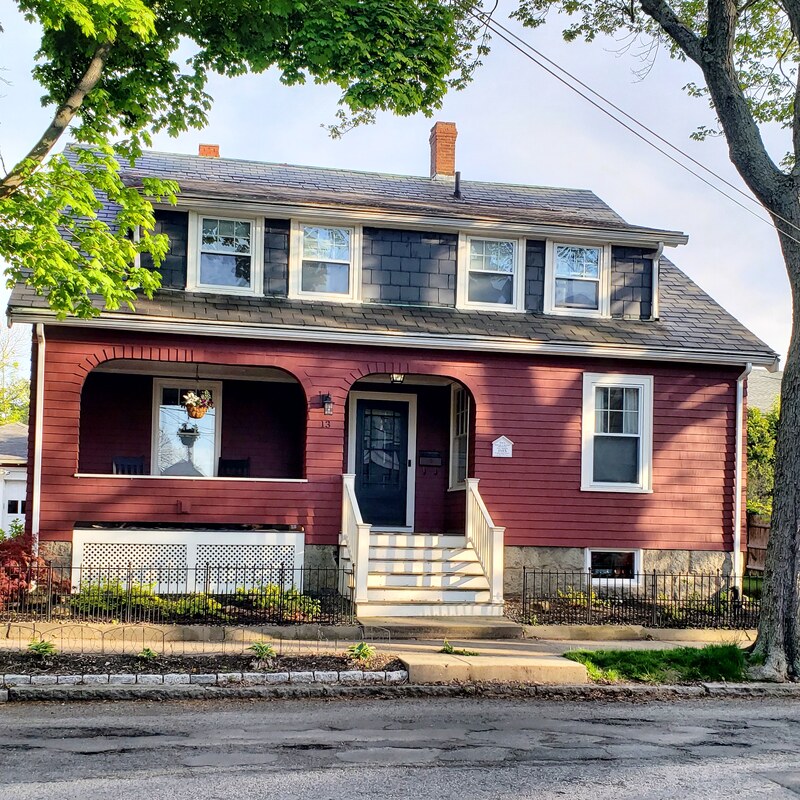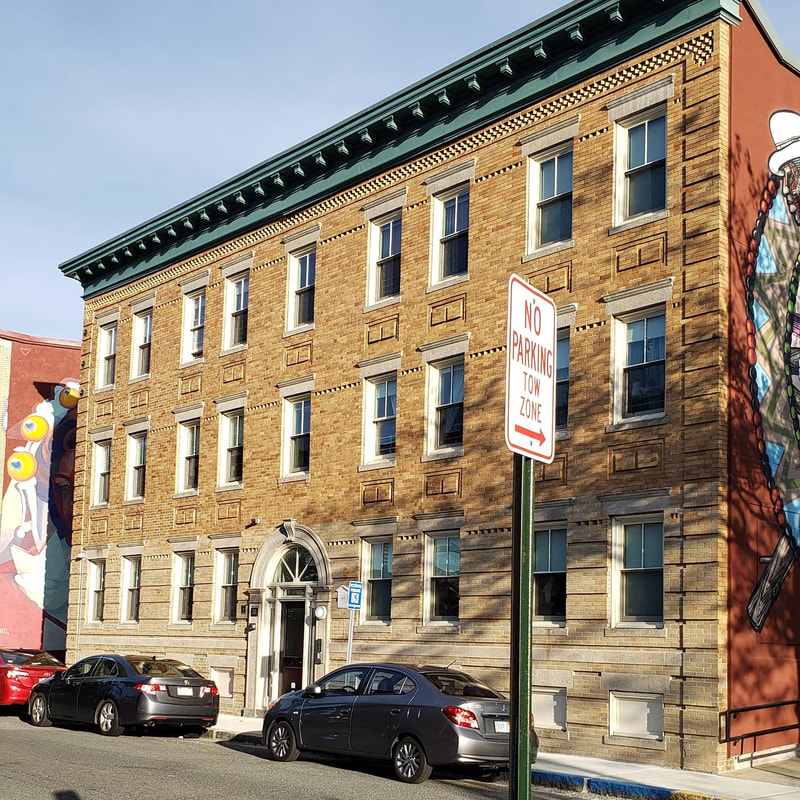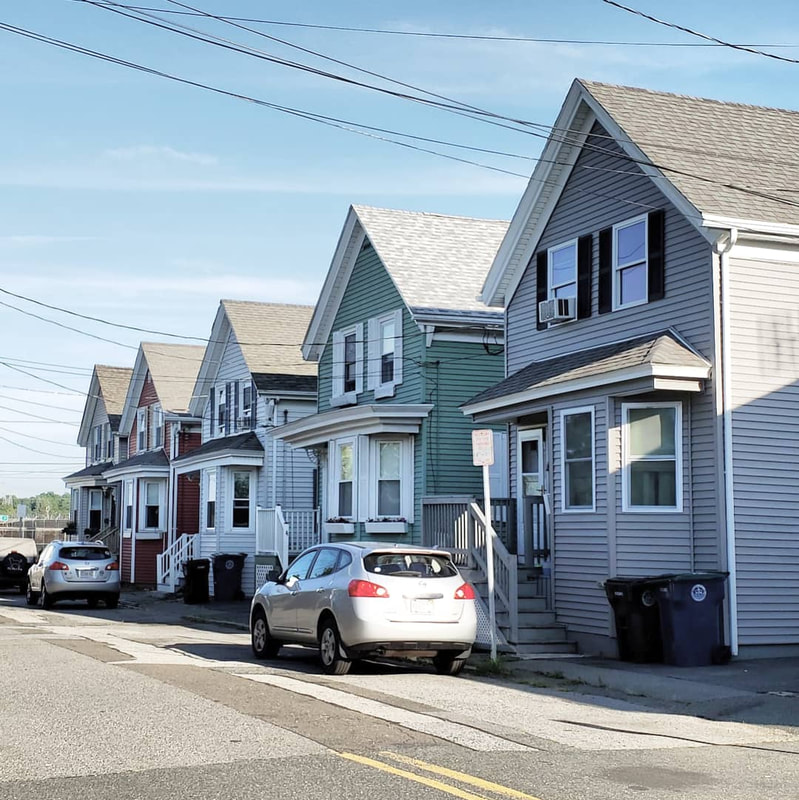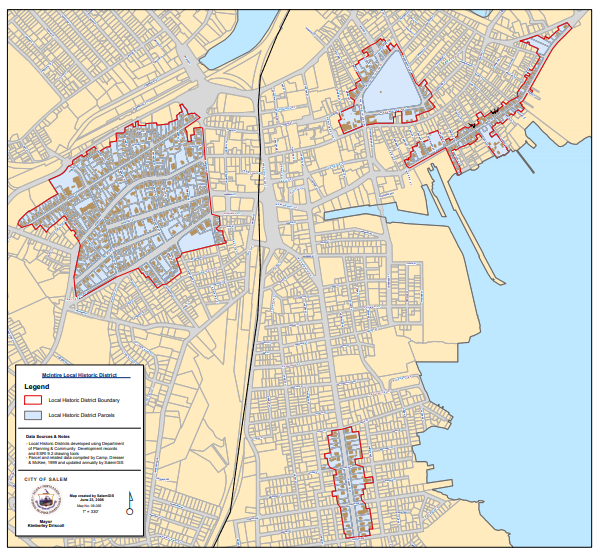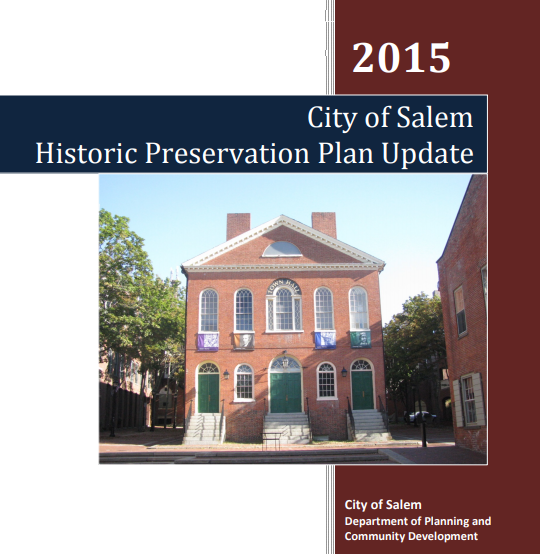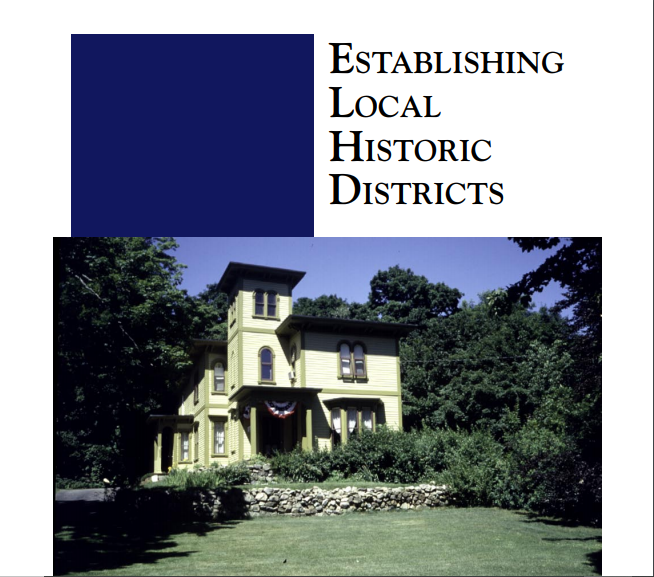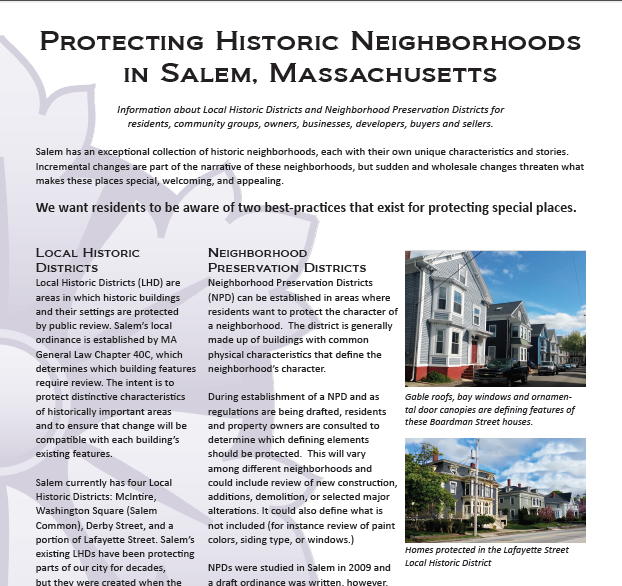How does Salem protect its neighborhoods?
In Salem we value our historic buildings and unique neighborhoods. These living artifacts of our shared history provide a link to the centuries of families that came before us. Many were built in an era that required walkability and natural methods of weather protection. They were built with old-growth trees and locally mined materials and with a craftsmanship that is now either too expensive to recreate, or forgotten.
These neighborhoods are a large part of the reason that Salem continues to increase in desirability, which is, ironically, placing heavy development pressure on these same historic buildings.
These neighborhoods are a large part of the reason that Salem continues to increase in desirability, which is, ironically, placing heavy development pressure on these same historic buildings.
How can I protect my neighborhood?
In 2015 the City of Salem updated their Preservation Plan. In this document each neighborhood is evaluated for potential next steps in preservation efforts.
Historic Salem and City of Salem planning staff can be useful partners in establishing preservation tools, such as expanded Local Historic Districts (LHD) but it is essential that there is interest within the neighborhood. We are actively looking for neighborhood groups, or just groups of neighbors, that we can partner with to start exploring what a tools exist for greater protection of your neighborhood. Does it make sense to establishment a new LHD district in key areas of the city? What would the boundaries be? Will it have the desired impact? Is there neighborhood support? Would it be better to extend boundaries of an existing district or create a new one? These conversations should include ward councillors and any other interested individuals. The Massachusetts Historical Commission (MHC) is an important partner in this process and has staff that can provide broad, statewide information when a there is a base of neighborhood interest.
What tools exist?
In Salem there are two main regulatory tools available to protect our historic buildings and neighborhoods: Local Historic Districts (LHD) and a Demolition Delay Ordinance (DDO). Salem's Demolition Delay Ordinance was successfully updated in 2021 to extend protection from demolition for buildings from 50-99 years to a 12-month wait, and for buildings over 100 years old to an 18-month wait.
Salem's Local Historic Districts were established in the 1980s and though the design regulations have been regularly updated, boundaries of each district have remained the same and no new districts have been established.
In addition, there is a lesser known third option for protecting neighborhoods -- a Neighborhood Conservation District. This doesn’t yet exist in Salem but could. We share more information about this option at the bottom of this page.
Salem's Local Historic Districts were established in the 1980s and though the design regulations have been regularly updated, boundaries of each district have remained the same and no new districts have been established.
In addition, there is a lesser known third option for protecting neighborhoods -- a Neighborhood Conservation District. This doesn’t yet exist in Salem but could. We share more information about this option at the bottom of this page.
What is a Local Historic District?Only a small percentage of Salem’s historic neighborhoods are protected by Local Historic Districts, which can prevent demolition and regulate exterior changes to buildings. The districts that currently exist protect only 600 of Salem's 4000 historic buildings and there have been no new districts or expansions since the early 1980s. Expansion or establishment of new districts is suggested in the City’s Preservation Plan (2015) with many neighborhoods identified that could benefit from some further level of protection.
A Local Historic District (LHD) is a defined area or group of historic structures deemed significant to the city's cultural fabric that are protected by public review. This can include downtown commercial areas, main streets, waterfront or residential districts. (1) A local historic district is the strongest available regulation to protect a building or neighborhood. Cities are empowered to create Local Historic Districts under MA General Law Chapter 40C. Salem's current LHDs are administered by the Salem Historical Commission. Property owners making changes to the exterior of their building must get an approval from the Historical Commission, usually by attending a twice monthly public meeting and working with the commission on the details of the proposed project. The Salem Historical Commission members strives to be supportive and provide expert advice on the projects they review. What is involved in establishing a new district (or expanded boundaries?) The official start of the process involves forming a study committee through the Salem Historical Commission and in concert with the city council. This committee will commission a report on the architectural and historical significance of the buildings to be included in the district. This report will be reviewed by the Planning Board and by the Massachusetts Historical Commission (MHC), who can consult with other city planning officials and provide comment. A public hearing will be held, with notification to all property owners in the proposed boundaries. Once final, the report will be submitted to the City Council and will need to be approved by a 2/3 majority vote. MHC has a useful and thorough document that describes the process. Read it here: https://www.sec.state.ma.us/mhc/mhcpdf/establishinglocalhistoricdistricts.pdf |
What benefit does a Local Historic District provide?Investment protection
Regulations that protect buildings and neighborhoods are beneficial for homeowners and the community as a whole because these districts provide a sense of certainty about future development. The result is a stabilization of property values and protection of investments by ensuring that adjacent properties are cared for at a similar level and that any change maintains or improves the buildings. The National Trust has a great list of the benefits of a Local Historic District. Sustainability Historic districts encourage communities to retain and use their existing resources in established neighborhoods. Reuse of buildings eliminates landfill waste. Reuse of older buildings takes advantage of existing, walk-able neighborhoods and many older buildings were designed with energy conservation in mind, taking advantage of natural light, cross-ventilation, and climate-appropriate materials. Social Benefits The process of establishing historic protections creates intangible benefits including strengthening neighborhood identity, encouraging social cohesion and creation of social capital. These benefits can not be quantified, yet they are an invaluable asset in community building. Overall Historic preservation is a tool for strengthening American communities. It has been used to achieve a wide range of public goals including:
Preservation of our historic neighborhoods is a key element in continuing the success of Salem as an appealing place to live. Other Preservation Tools...What about National Register Historic Districts?
The Federal government can designate neighborhoods significant. These neighborhoods are called National Register Historic Districts and there are 12 in Salem. This designation is an honor, but it carries no regulatory protections. This is because "use" regulations are generally applied via local ordinance, not state or national ordinance. That said, we encourage residents proud of their neighborhood to pursue National Register Historic District nomination and are happy to assist in this effort. The most recently designated National Register districts in Salem are the Point Neighborhood and Bridge Street Neck Neighborhood. View a map of Salem's National Register Historic Districts. Read MHC's brochure describing the difference between a Local and National Historic District. Neighborhood Preservation Districts This tool is not part of Salem's zoning ordinance but has been studied in Salem (read the study here). More on this to come! Read our brochure comparing LHDs to NPDs |
What is the Demo Delay Ordinance?
In 1986 Salem was on the cutting edge of preservation when city leaders implemented a six-month demolition delay ordinance. This means that when applying for a demolition permit for a building that was older than 50 years the owner had to wait six-months before they could demolish the building. The demolition delay requirement was created to allow time for alternatives to demolition to be explored. The wait could be waived by the Salem Historical Commission who would determine (after weighing all the factors) if the building can be torn down sooner.
A demolition waiting period is meant to discourage rushed or thoughtless demolition and encourage the examination of preservation options for an historic building or the development of actions that could mitigate the loss of an historic building.
Prior to 2021 that six-months of waiting was not a sufficient incentive for an owner to work with the Salem Historical Commission on alternatives. Six months was about the same amount of time it took an applicant to get all the other required permitting approvals and so an owner could request a waiver of demolition delay and while they waited out the time-clock they could visit the other boards in the city (Planning, Zoning etc) and proceed as planned.
Historic Salem was seeing an increase of “tear-down” projects in the Willows, North Salem, and other Salem neighborhoods which led to our advocacy for increasing the times for demolition delay protections.
A demolition waiting period is meant to discourage rushed or thoughtless demolition and encourage the examination of preservation options for an historic building or the development of actions that could mitigate the loss of an historic building.
Prior to 2021 that six-months of waiting was not a sufficient incentive for an owner to work with the Salem Historical Commission on alternatives. Six months was about the same amount of time it took an applicant to get all the other required permitting approvals and so an owner could request a waiver of demolition delay and while they waited out the time-clock they could visit the other boards in the city (Planning, Zoning etc) and proceed as planned.
Historic Salem was seeing an increase of “tear-down” projects in the Willows, North Salem, and other Salem neighborhoods which led to our advocacy for increasing the times for demolition delay protections.

